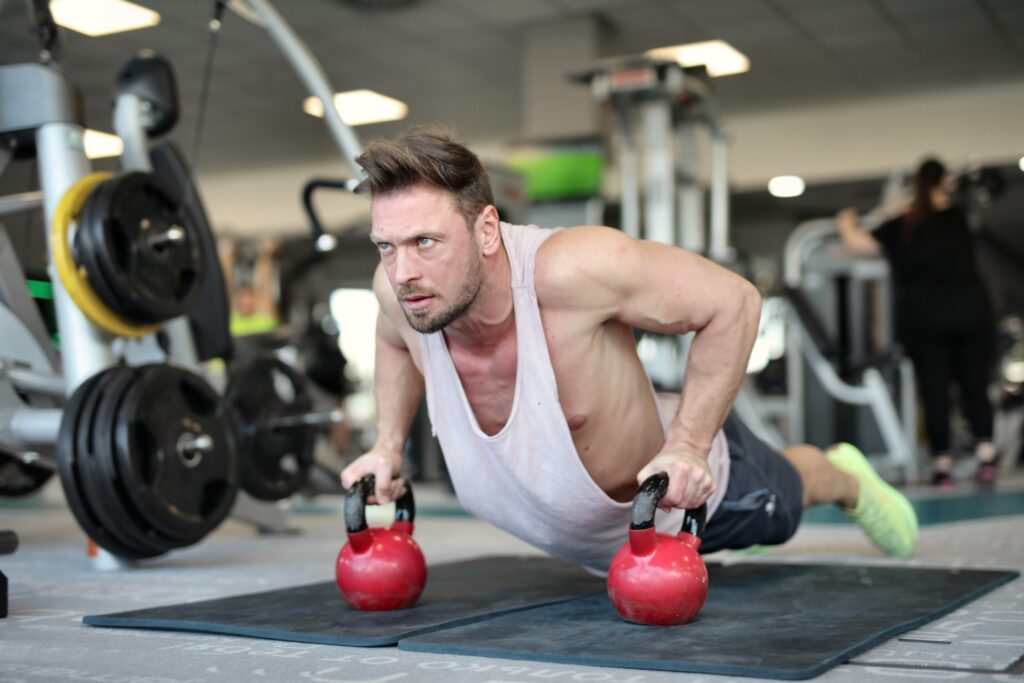In the age of social media and instant access to information, fitness influencers have emerged as powerful figures within the fitness industry. These individuals have gained massive followings on platforms like Instagram, YouTube, and TikTok, where they share their workout routines, diet plans, and lifestyle choices. While their popularity can be a source of inspiration for many young and new fitness enthusiasts, it’s essential to understand both the positive and negative aspects of a fitness influencer.
The Good Side of Fitness Influencers:
- Motivation and Inspiration: Fitness influencers often serve as a source of first hand motivation and inspiration for those looking to improve their physical well-being. Their transformation stories and dedication to their fitness journey can ignite a spark in others to start their own.
- Educational Content: Many fitness influencers offer valuable educational content, providing insights into exercise techniques, nutrition, and overall wellness. They simplify complex fitness concepts, making them accessible to beginners.
- Community Building: Following fitness influencers can help individuals feel part of a supportive fitness community. These online communities can provide encouragement, advice, and accountability.
- Variety and Creativity: Fitness influencers introduce a variety of workouts and diet plans, promoting creativity in fitness routines. This diversity can help individuals find activities they genuinely enjoy, making it easier to stick to a fitness regimen.
The Dark Side of Fitness Influencers:
- Unrealistic Expectations: One of the most significant drawbacks of following fitness influencers is the perpetuation of unrealistic body standards. Many influencers heavily edit their photos, use flattering angles, or even resort to Photoshop, creating unattainable ideals.
- Overemphasis on Appearance: Some influencers prioritize aesthetics over health, advocating extreme dieting and exercise routines that can lead to physical and mental health issues. The pursuit of a certain physique can overshadow the importance of overall well-being.
- Misleading Product Promotions: Fitness influencers often promote products and supplements, sometimes without adequate research or disclosure. This can lead followers to invest in products that may not be effective or safe.
- Comparison and Discouragement: Constant exposure to idealized images can lead to feelings of inadequacy and self-doubt among followers. Comparing one’s progress to that of influencers can be demotivating and counterproductive.
So, how can you navigate the world of fitness influencers and ensure you make choices that are right for yourself?
Choosing What’s Right for You:
- Define Your Goals: Begin by setting clear and realistic fitness goals that align with your values and priorities. Do you want to improve your strength, flexibility, or overall health? Having a clear purpose will help you filter through the myriad of influencer content.
- Seek Credible Sources: Look for fitness influencers who prioritize science-based information and emphasize a holistic approach to fitness. Check their credentials and be wary of those who make sweeping claims without evidence.
- Practice Critical Thinking: Don’t blindly follow any fitness influencer’s advice. Take the time to research and cross-check information. Remember that what works for one person may not work for another.
- Balance is Key: Recognize that a healthy fitness journey includes balance. Extremes are rarely sustainable, so avoid following influencers who advocate for extreme diets or exercise routines.
- Listen to Your Body: Your body knows best. Pay attention to how you feel physically and mentally during your fitness journey. If something doesn’t feel right, it’s essential to make adjustments or seek professional guidance.
Insights from Fitness Influencers
To gain a deeper understanding of recognizing when fitness influencers might be misleading or deceiving their audience, we turned to some real-life famous fitness influencers for their insights.
Sarah Fit, a well-known fitness YouTuber and Instagram influencer, emphasizes the importance of transparency: “It’s essential to look for influencers who openly share their struggles and setbacks along with their successes. Authenticity is key. If someone appears to have a perfect life or physique with no hiccups along the way, it’s a red flag. Real progress often comes with setbacks and challenges, and influencers should be willing to share these experiences to connect with their audience genuinely. Because firstly their job is to gain your trust not to make the viewer doubt their truthfulness.”
Chris Jones, a fitness entrepreneur and founder of Physiques of Greatness, underscores the importance of credentials: “Always check if the influencer has proper fitness qualifications or certifications. Firstly look for those who are educated and experienced in the field. Genuine fitness experts will rely on scientific principles and won’t promise quick fixes or magic solutions. If it sounds too good to be true, it probably is.”
Joe Wicks, known as “The Body Coach,” stresses the importance of ethics: “Pay attention to an influencer’s ethics and values. Are they promoting a healthy, balanced approach to fitness and nutrition, or are they pushing extreme measures? Look for those who prioritize overall well-being, mental health, and sustainable habits. If they seem more interested in making a quick buck than genuinely helping their audience, be cautious.”
In conclusion a fitness influencer can be both a blessing and a curse for young and new fitness enthusiasts. By approaching their influence with a critical mindset, setting clear goals, and prioritizing your well-being, you can find the right path to achieve your fitness goals without falling into the trap of comparison and unhealthy practices. Remember, your fitness journey is unique, and your definition of success should reflect your individuality and health.


